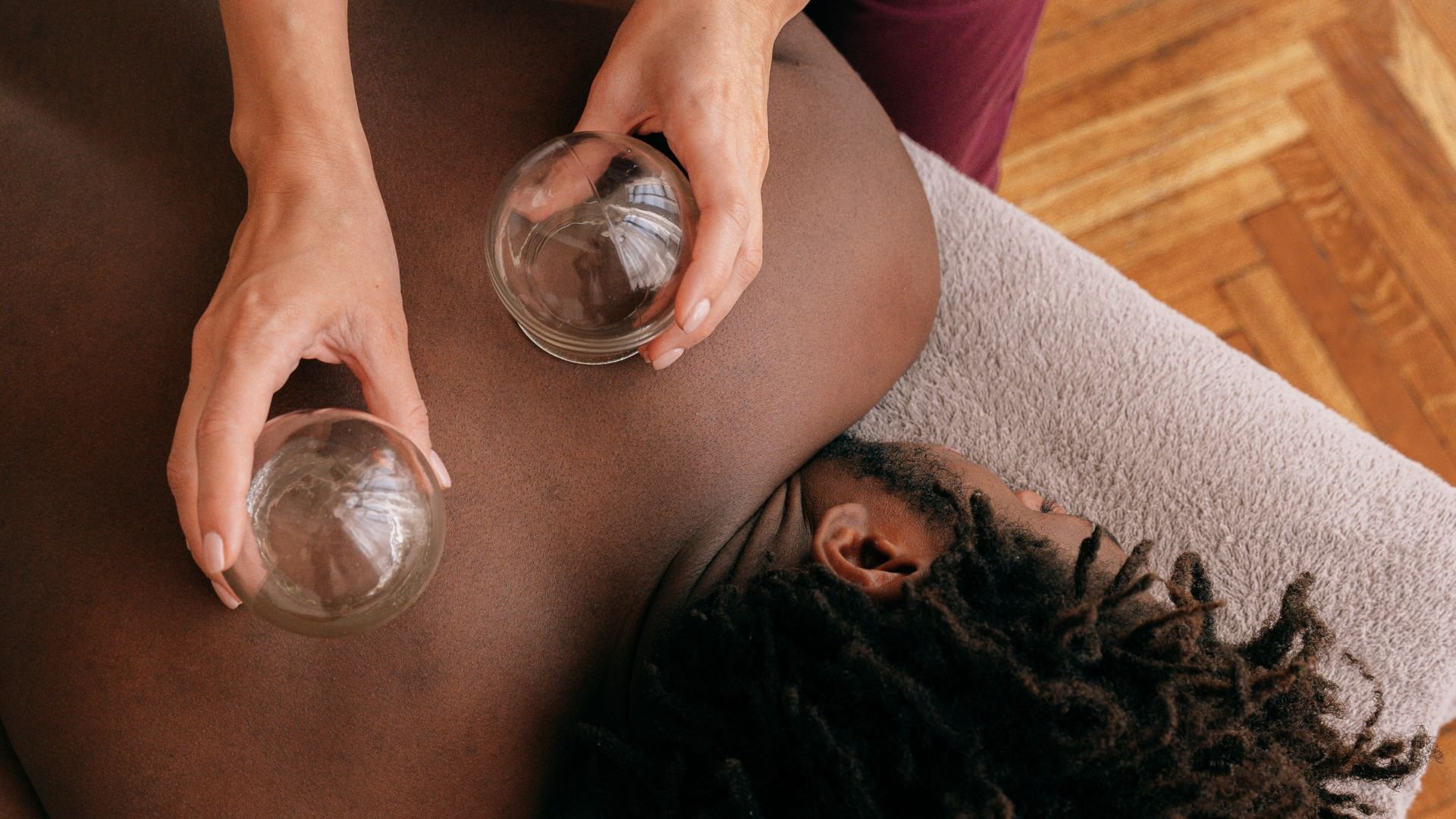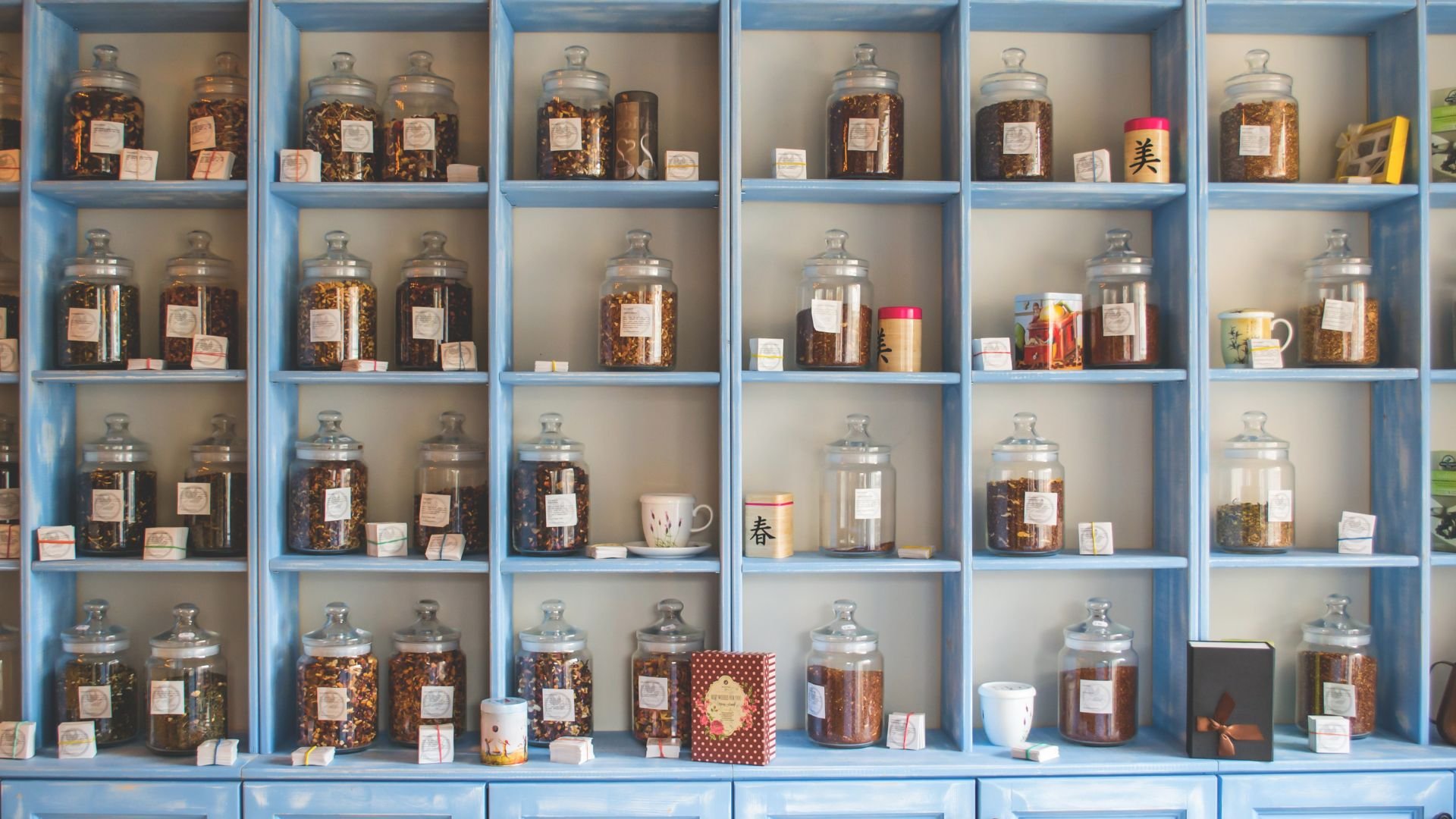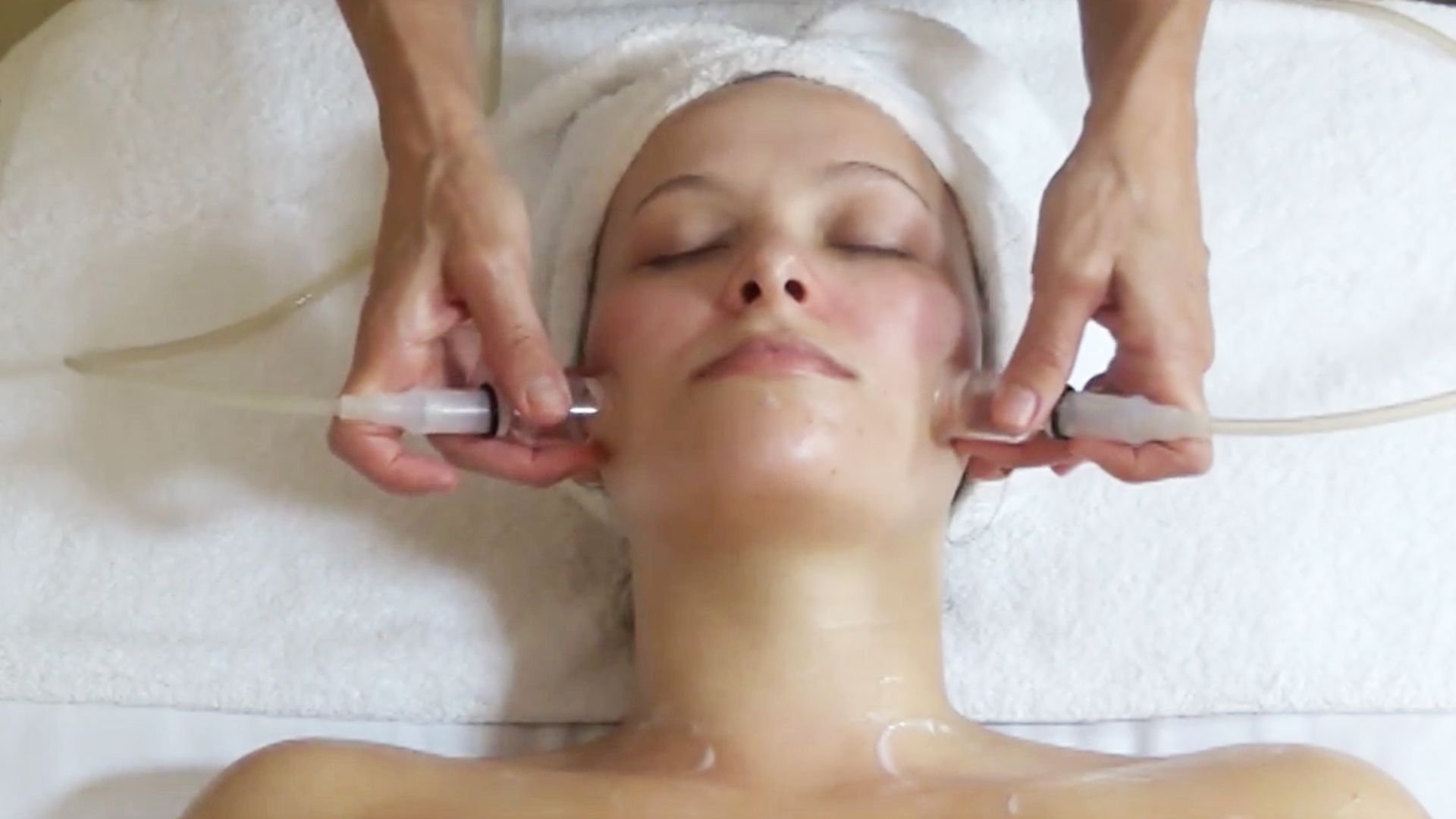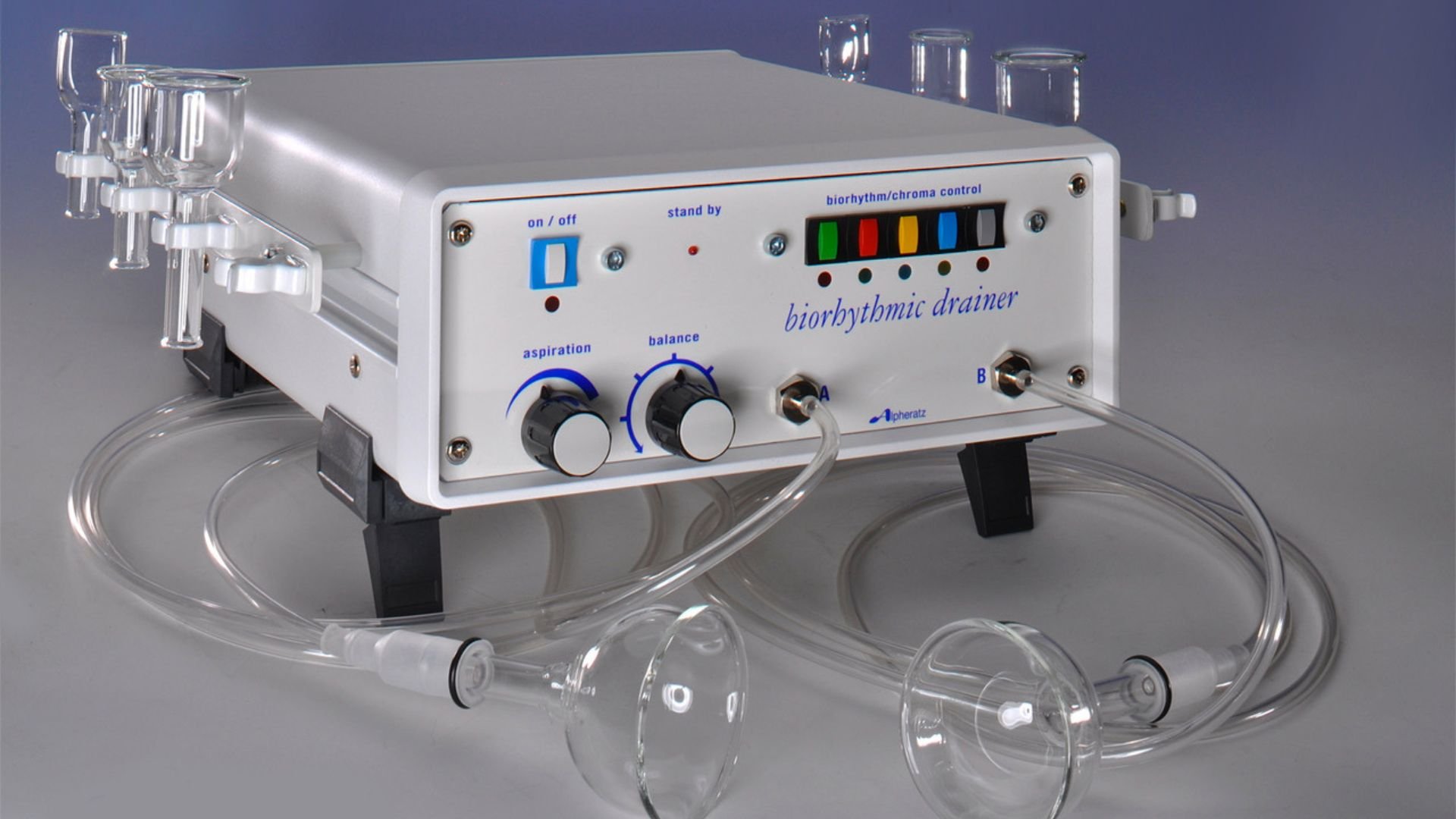The connection between weather, especially Wind, and human health has been very seriously explored in many of the world’s most scholarly traditional medical systems such as traditional Chinese medicine.(1) There exists today a growing number of progressive medical doctors, especially in Europe who, convinced that the weather is much more important to our health than mere thermal comfort, have named an emerging discipline dedicated to this study. It’s called biometeorology. Whether you follow formal or folk medicine, many practitioners of both will readily tell you this: When it's windy, especially during energetic Fall and Winter, if you want to prevent the dreaded colds and flu of the seasons, cover your nose, mouth, neck and shoulders before going outside. But how is the simple habit of wrapping yourself up in a scarf able to keep you healthier during the cold weather seasons? Traditional Chinese medicine, for one, explains how.
“According to Chinese medical theory, cold and flu viruses are ever present in the air we breathe, and it is the Wind blowing into our faces that drives the virus into the body at the most common points of entry: the nose and the mouth. Protecting these portals is considered so important in China that instead of wrapping a scarf around the neck, people usually wear it across the face, covering the nose and mouth.”
Partake of the mystique of quantum energetic formulated plant-based skincare for your exalted natural bxeauty and well-being. Subscribe for a discount promo code, plus get truly unique holistic beauty tips and offers.
The five elements of traditional Chinese medicine are five aspects of the energy that regulates the material dimension of our lives, our bodies included. They are sometimes referred to as the “energy of earth” in contrast to the “energy of heaven” or cosmos.(2)
There are six components to this cosmic energy called the Six Excesses or Evils. Traditional Chinese medicine finds Wind to be one of the six environmentally related external causes (Excess or Evil) of imbalance which leads to diseases, conditions and disorders of the body. These six climatic excesses can attack the body, enter the body’s energy meridian pathways, and cause external diseases.
Wind is one of five climates that characterize the five seasons of traditional Chinese medicine and it is considered to be the backbone of many diseases by traditional Chinese medicine.
Wind is Yang Energy
Traditional Chinese medicine finds Wind to be a yang pathogenic factor that causes symptoms in the physical body that wander and change. Wind in the body resembles the Wind in nature. It generates not only movement but movement in parts of the body that would otherwise remain motionless.
This yang characteristic of Wind means it’s ‘elevated,’ mostly affecting the uppermost yang regions of the body—head and thorax. And it means it attacks the outermost levels of the body, too—skin pores, muscles and tendons, before penetrating the lungs, the most external and uppermost of all the internal organs. It is no coincidence that lung is the organ of the Fall season’s Metal element, the time of year when wind, colds and flu all ramp up in earnest.
Roots of this Knowledge In Ancient Chinese Medicine
In the Yellow Emperor’s Classic of Internal Medicine (the Nei Jing Suwen), the medical mentor and Taoist monk Qi Bo tells his student:
“Pathogenic Wind is the root of all evil.”
In Shigehisa Kuriyama’s Chapter, Wind and Self, in his book, The Expressiveness of the Body and the Divergence of Greek and Chinese Medicine, he aptly writes that ancient people were completely convinced that Wind had a diabolical influence on their health. He also points out the fact that in today’s times we rarely link Wind with illness.
Common Conditions Exacerbated or Caused by Wind
Many who suffer from heightened rheumatic pain when the weather changes don’t often connect the dots when they’ve also experienced very recent exposure to cold or hot Wind.
Many people affected with Bell’s (facial) palsy have often been exposed to Windy conditions just days before onset of the palsy.
School teachers will often notice a negative change in behavior in their students on Windy days.
People who work in highly air-conditioned settings will often report headaches and tight or painful necks and shoulders.
Wind in the Body
Traditional Chinese medicine indicates that a case of Wind invasion in the body includes symptoms of sneezing, headache, and congestion.
Wind makes it easier for other illnesses to invade your body because if you are already feeling a little sick and your immune system is compromised, you are more likely to be vulnerable to other problems. In other words, the presence of nefarious Wind helps other influences to invade and wreak havoc on the body.
Traditional Chinese medicine indicates that colds and flu can enter the body through the skin. Cold Winds pushing against the skin force cold into the body. If you have ingested a virus carried by the Wind, this virus will remain just beneath the skin for a short time before advancing deeper into the body and entering the lungs.
In order to maintain stasis, the body is forced to work against the cold, the Wind, and the actual virus, but a person may not have enough energy to fight them off. When this occurs, symptoms of cold and flu take hold.
Traditional Chinese medicine also identifies acupuncture meridians that travel through the body from the most superficial layer of the body–the skin–to the deepest, most interior parts of the body.
Colds and flu originate at the superficial layers of the body but when we are unable to fight off a Wind attack, it moves deeper into the body causing more serious illness. This could explain, in part, why some people whose immune systems are compromised, die as a result of complications from the flu or a corona virus.
Among the more superficial channels of the body providing the most common routes of cold and Wind entering the body are:
the bladder channel which travels vertically passing through the neck and back, and;
the small intestine channel which travels horizontally across the neck and shoulder.
When cold and Wind attack through these channels, we may experience a stiff neck, headaches especially at the back of the neck, an aversion to Wind, a lack of sweating, chills, listlessness, fatigue, and a stuffed up nose or head.
“Located on the neck and shoulders, the Wind points are considered both entry points for Wind and areas you can stimulate to expel the Wind and prevent further penetration of the body’s kingdom.”
Author Chirali (whose quote is mentioned just above) writes how his teacher, a Vietnamese Buddhist wandering monk in the medical tradition, explained to him why a Wind attack to the body can be very painful:
“Wind allowed to pass through a narrow opening is ‘poisonous’ because it is compressed and pierces the flesh like a dagger. Its impact is funneled and focused, as if adjusting the nozzle of a hose to concentrate its intensity.”
Wind and Cancer Metastasis in Traditional Chinese Medicine
The scholarly article, The Concept of Wind in Traditional Chinese Medicine, Journal of Pharmacopuncture, December 2016, says this about how Wind may affect the metastasis of cancer in the body:
“Cancer metastasis is the spread of cancer cells to tissues and organs beyond where the tumor originated, resulting in the formation of new tumors. The formation of metastases is a major problem in clinical oncology because it is one of the main causes of death in most cancer patients. Classical Chinese medicine has no specific concept of cancer; however, experts in traditional Chinese medicine are studying the causes and treatments of metastasis. Traditional Chinese medicine doctors believe the causes of cancer are multiple, including toxins and other environmental factors, called ‘external causes,’ as well as ‘internal causes’ such as Blood and Qi stagnation, emotional stress, bad eating habits, wastes accumulated from food, and damaged organs. They also believe that Internal Wind of hepatic origin is not only one of the causes of malignant tumors but also the main cause for the formation of metastases. An analysis of the causes of internal Wind in patients with malignant tumors suggests that removing Wind is the fundamental method of traditional Chinese medicine for the treatment of patients with malignant tumors and metastases; thus, drugs that eliminate Wind are important prescriptions for treating patients with such tumors.”
Cupping as Therapy for Wind in the Body
The holistic healing modality of ‘cupping,’ known in traditional Chinese medicine as the ‘capturing of the Winds’ is believed to offer positive and healing actions.
Cupping is a Chinese therapy in which heated glass cups are applied to the skin along the meridians of the body, creating suction as a way of stimulating the flow of vital energy. (Skincare professionals reading this article may be interested to learn that the Biorhythmic Drainer, proprietary equipment offered by PHYTO5 and pictured just above, is a very safe, painless and effective way to easily and elegantly provide a state-of-the-art cupping therapy to clients.)
In Western and Eastern Europe and in Asia, cupping is considered a form of very effective folk medicine where mothers and healers improvise with glass cups, cotton cloth, olive oil, a bronze coin and a flame to create a system of induction efficient enough to remove Wind from the body.
Family lineages of skilled cuppers have been highly respected as healers for generations. Preferring to deal with the possibility rather than the outcome, they apply cupping either as a preventive or at the first sign of discomfort.
“Vietnamese people understand that getting a diagnosis of gio (Wind) means you are better off inside the home, otherwise to go outside means you are liable to be struck by Wind again and get far worse”
Famed canonized saint and eleventh century polymath, Hildegard von Bingen, also recommended cupping to relieve the effects of certain humoral (fluid) imbalances caused by Wind. She saw the body as microcosm permeable to the outside macrocosmic world. She understood how Wind is an elemental life force that normally circulated throughout the physiology of the body but she also was aware that Wind could be a exogenous pathological factor, too. She understood how Wind entered the body’s orifices right down to the body’s tiny skin pores thereby tipping the delicate balance of health with sickness the result.
“One of the chief reasons why cupping continues to remain popular as a folk practice and attracts modern day therapists is because it effectively withdraws climatic pathogenic factors from both the superficial and deeper layers of the body.”
Wind In Another Form
• It should also be noted that covering the neck and shoulders also applies to any type of Wind generation including cold breezes generated by air-conditioning and fans.
• Keep the air-conditioning in your home down to a minimum to maintain your healthful balance.
• If you sleep in cold weather with your Window open, open the window just a crack and be sure you’re bundled up in bed.
• Maintain a body that’s closed to Wind.
Keep Your Pores Small and Protected
Additionally, if your skin pores are more open, they should have no contact with the cold and Wind. The pores’ natural capacity is to protect against any invasive climatic influences.
If you normally have enlarged pores, you may want to use PHYTO5’s Earth element Yogi Body Gel for the body and the Earth line of facial products. These are formulated to help reduce enlarged pores.
Conclusion
Reduce your chance of catching the common cold or contracting a flu virus simply by covering your neck, shoulders, nose and mouth in windy and/or cold conditions.
You may also want to seek out an integrity holistic cupping therapist for prevention and especially if you feel the onset signs of a cold or flu.
Understanding the meticulous observations of the effect of Wind on health in ancient Chinese medicine is actually applicable for today’s public health specialists, traditional and complementary medicine practitioners. In addition to the practices of wearing a scarf or receiving cupping therapy, herbs and acupuncture are also commonly administered by practitioners of traditional Chinese medicine to eliminate Wind in order to treat various diseases.
#####
Endnotes:
(1)This connection has also been studied in Ayurvedic(a), Unani,(b) Gaelic/Celtic(c) and Islamic(d) medicines.
(a) In Ayurvedic medicine, various changes in our natural environment such as Wind direction can create numerous issues connected with aggravating our dosha, one of three bodily “bio-elements” that make up one's constitution and govern physiological activity.
(b) Unani is a system of medicine practiced in parts of India, thought to be derived via medieval Muslim physicians from Byzantine Greece. It is sometimes contrasted with the Ayurvedic system.
(c) Today it is challenging to objectively evaluate Celtic medical lore since its records are faded and fragmented. These include Farquhar Leech, the healer, the Druids and St. Columba among many others. Many believe the 12 Celtic directional Winds tend to correspond with those of American Indian medicine wheels.
(d) Islamic medicine is the science of medicine developed in the Islamic Golden Age (eighth to 14th century). Islamic medicine preserved, systematized and developed the medical knowledge of classical antiquity, including the major traditions of Hippocrates, Galen* and Dioscorides.**
*Hippocrates (c. 460–377 bc), was a Greek physician and is traditionally regarded as the father of medicine. His name is associated with the medical profession's Hippocratic oath because of his attachment to a body of ancient Greek medical writings widely believed to not even having been written by him.
**Galen was a Greek physician (129–199), who while attempting to systematize medicine, made important discoveries in anatomy and physiology.
***Pedanius Dioscorides, c. 40–90 AD, was a Greek physician, pharmacologist, botanist, and author of De materia medica (On Medical Material)—a five-volume Greek pharmacopeia of herbal medicine and related medicinal substances that was widely read for more than 1,500 years.
(2) This explains why traditional Chinese medicine tells us we live “between heaven and earth.”
#####
Sources:
Photo of lady in blue scarf courtesy of Omid Bonyadian at pexels.
Photo of Chinese apothecary courtesy of freestocks.org via pexels
Photo of man being cupped courtesy of Antoni Shkraba at pexels
Image of the Nei Jing Suwen File:The Su Wen of the Huangdi Neijing.djvu courtesy of Wikimedia Commons
Elias, Jason, and Katherine Ketcham. Chinese Medicine for Maximum Immunity: Understanding the Five Elemental Types for Health and Well-being. New York: Three Rivers, 1998. Print.
Chirali, Ilkay Zihni. Traditional Chinese Medicine: Cupping Therapy. Edinburgh: Churchill Livingstone, 1999. Print.
Sage Journals: Your Gateway to World-Class Research Journals. https://journals.sagepub.com/.
Joiner, Thomas Richard. Chinese Herbal Medicine Made Easy: Natural and Effective Remedies for Common Illnesses. United States, Hunter House, 2001.
Kuriyama, Shigehisa. The Expressiveness of the Body and the Divergence of Greek and Chinese Medicine. Zone Books, 2011.
Dashtdar M, Dashtdar MR, Dashtdar B, Kardi K, Shirazi MK. The Concept of Wind in Traditional Chinese Medicine. J Pharmacopuncture. 2016 Dec;19(4):293-302. doi: 10.3831/KPI.2016.19.030. PMID: 28097039; PMCID: PMC5234349.
This blog was originally published on October 10, 2016 and is extensively updated here for freshness and comprehensiveness.










![Yogi Body Gel Terre [Earth Yogi Body Gel for Between Seasons • Quantum Energetic]](https://images.squarespace-cdn.com/content/v1/56bfb037e321401183a80ec3/fa04a90a-9199-49ec-a49d-ceb6d308fff3/yogi-body-gel-earth.png)